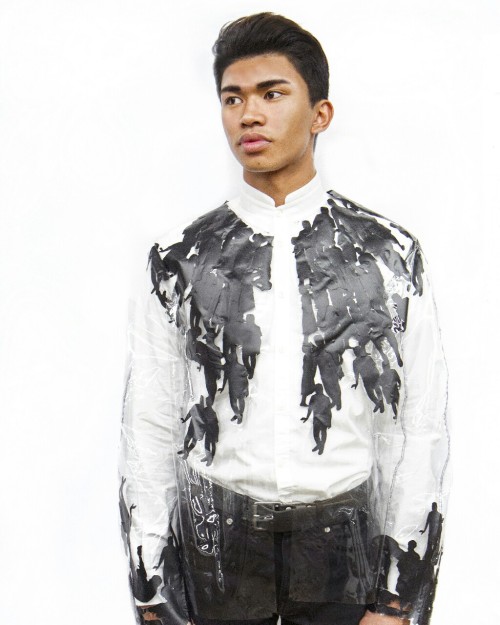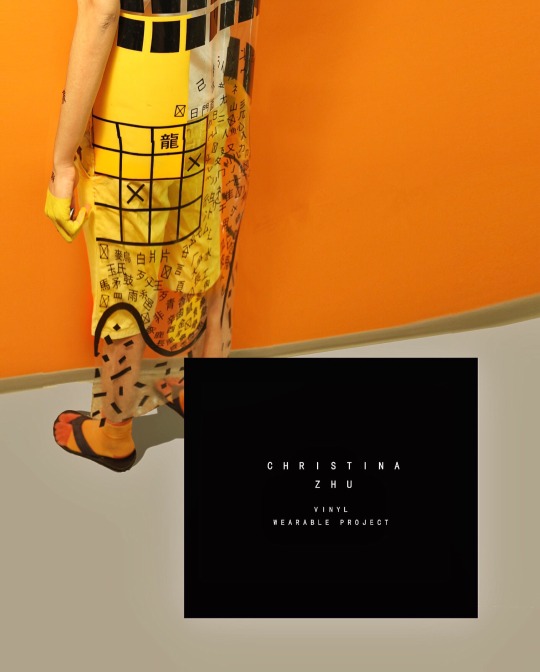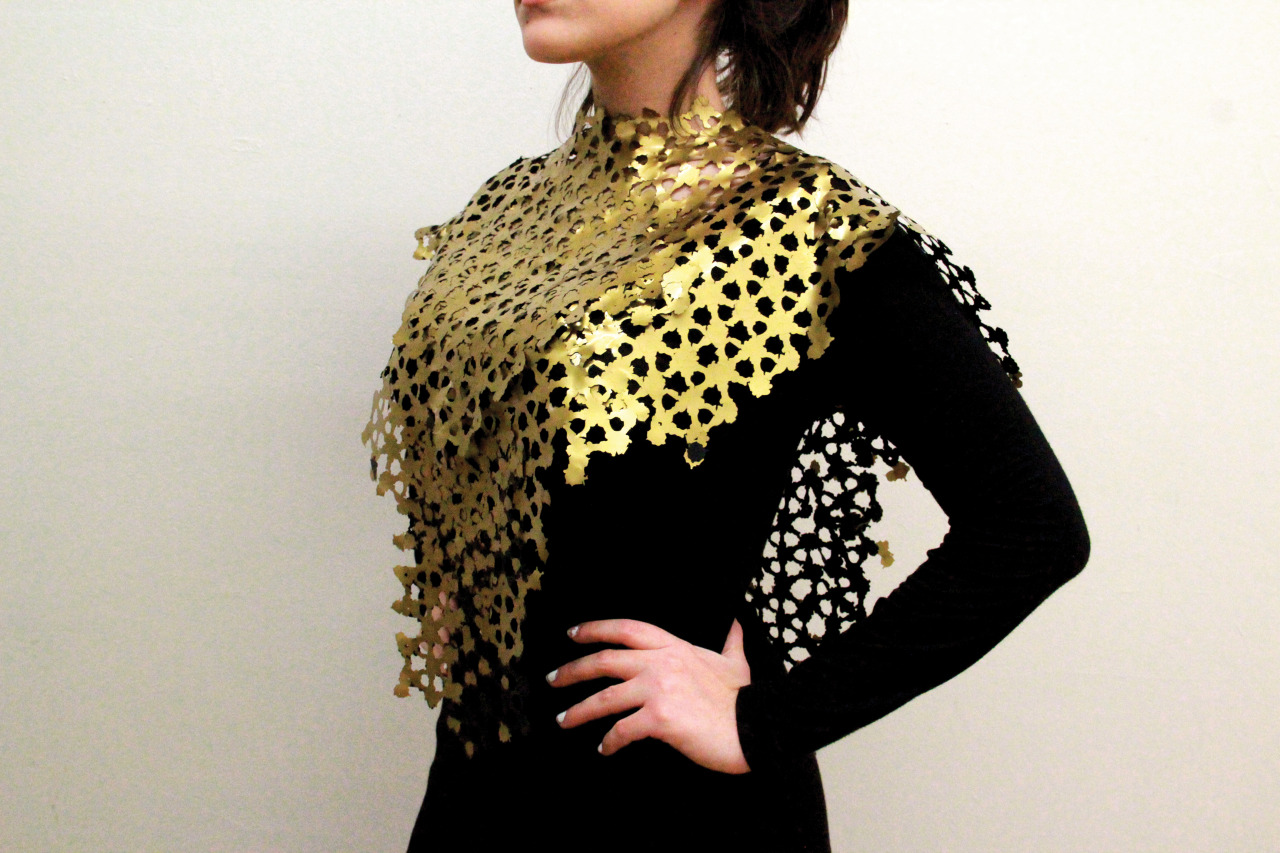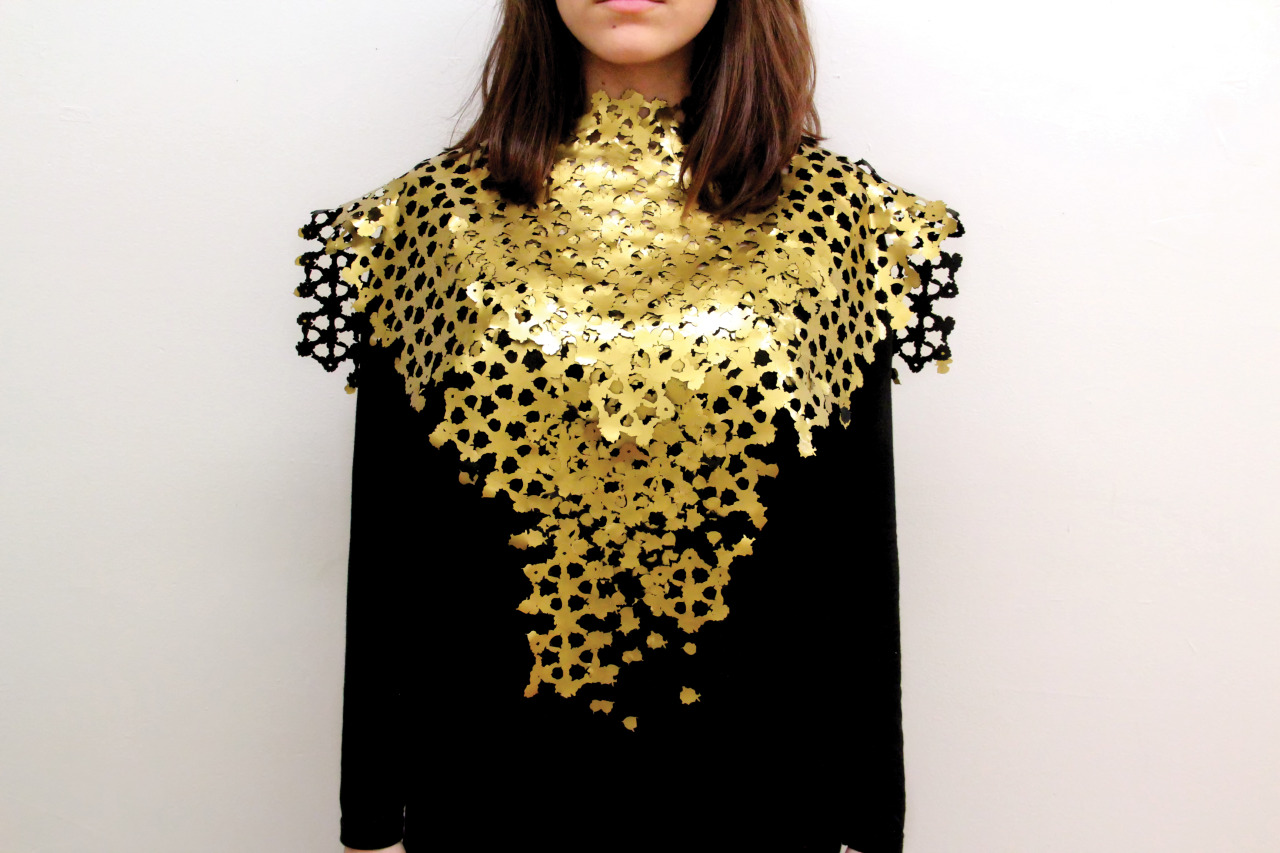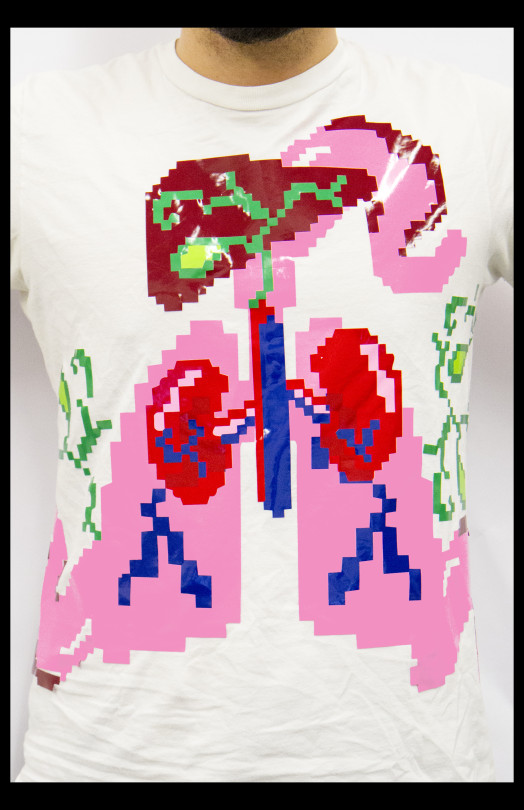Wednesday, April 27, 2016
Tuesday, April 26, 2016
repeat post dying parts
We had a visitor in the lab over spring break. Bin Dixon Ward is a jeweler from Australia that 3D prints all of her work. Her work pushes the tolerance of the 3D printer by making thin interlocking substructures that would be nearly impossible to make by hand. She uses SLS 3D printing technology to build the work and then hand dyes all of the pieces. Her work has a playful, whimsical feel being that has a wonderful movement when worn. It is hard not to play with the work. The is a lot of complex geometry inspired by map data that adds a level of sophistication and comfort to her work.
She happened to be passing through New York on her way to Shanghai and I begged her into doing a little mini presentation in the lab.
Thank you Bin. Safe travels.
She happened to be passing through New York on her way to Shanghai and I begged her into doing a little mini presentation in the lab.
Thank you Bin. Safe travels.
Monday, April 25, 2016
Tuesday, April 19, 2016
We will go over this in class
I would like to make today mostly a workday but I wanted to measure and digitize the brooch backs together after Brian's demo. When we get back to lab, we will do the brooch back, then a little Sculptris then Zbrush. The remaining time will be dedicated to looking over your designs and getting started.
I want to do a soft intro to Zbrush. Honestly, we will not be able to cover this software in its entirety. There is just not enough time. Zbrush is a beast. I will how ever show you how to generate privatives to import into both Rhino and Sculptris. We should be getting our Form2 printers in soon and there will be a last minute option to print a piece on them. This piece could be generated in Zbrush and pushed through Rhino for scale. I will go over this step by step in class.
1. When you first open Zbrush the Lightbox opens. Imagine Lightbox as being a folder with icons but what is displayed are tools, basic shapes, and sample models.

2. Light box will always stay open unless you hide it. Simple click on the button for Lightbox to hide it.

3. Zbrush is odd. It is very different than most of the software we have used in class. For example, the items in the lightbox are called tools or Ztools. These tools can be geometric shapes. One the right hand side right click the gold S. In the flyout toolbar click on the Ring icon.

4. It is import to do the next few steps in order. First, with the ring tool selected, left click and drag on the gradient background. This will place a ring in the work-area. Before you do anything else click EDIT in the upper toolbar.

5. You will now notice that the tool duplicated itself in the mini lightbox menu on the right hand side of the screen. If you right click drag on the gradated background you can rotate your object. A few pro tips here:
Right click drag on the background rotates
CTRL>Right click drag Zooms
ALT>Right click drag pans

6. In order to lock in your orientation and to make alterations to the geometry of the ring you must click MAKE POLYMESH3D. Again, you will notice that you have made a copy of the Ztool in the mini light box.

7. After making it a PolyMesh you can now drop expand the deformation tab and make changes. This is a way of changing your geometry with some level of accuracy. Remember that organic modeling is often based on haptics (is the science of applying touch (tactile) sensation and control to interaction with computer applications) Basically you can sculpt all day but if you want to scale, rotate, inflate evenly you need to do that in the deformation tab. You will notice small x, y, zs above the slider bars. This determines the orientation of the deformation. Try highlighting just the Y on the size slider and making a barrel ring.

8. Now try sliding the inflate slider to the left (negative) this will essentially deflate your ring

9. I would encourage you to experiment with these sliders. You can get some unique geometry that you cannot get in Sculptris or Rhino. Once you have a grip on deformation expand the geometry tab. Zbrush is strangely linear. Your polygon count can go up and down anytime that you are modeling. To increase you polycount, click divide. To lower it you can click lower res. By dividing a number of times you can edit between divisions but clicking lower res and higher res. If you want to go lower than the lowest division click Reconstruct Subdivisions




10. In the upper tool bar you will notice that you are in DRAW mode. To the right of the DRAW icon there is MOVE, SCALE, ROTATE. If you select one of these modes, you can drag out an edit bar by left clicking on your object and dragging. The edit bar is a line with three circles on it. If you click and drag the outside circle it alters the geometry. If you click drag the inner circle it constrains it. In my mind it is similar to holding down the shift key when you scale with the gumball in Rhino. You will actually notice that the colors and symbols are the same as the gumball in Rhino. These colors will give you hints as to which direction the geometry will move.



11. If this 3D space is disorienting that is because it is. You can turn on the Floor and you will have a "construction" plane that can help orient things.

Once you are done editing your tool you can export an OBJ file that you then can import in to either Rhino or Sculptris.
I want to do a soft intro to Zbrush. Honestly, we will not be able to cover this software in its entirety. There is just not enough time. Zbrush is a beast. I will how ever show you how to generate privatives to import into both Rhino and Sculptris. We should be getting our Form2 printers in soon and there will be a last minute option to print a piece on them. This piece could be generated in Zbrush and pushed through Rhino for scale. I will go over this step by step in class.
1. When you first open Zbrush the Lightbox opens. Imagine Lightbox as being a folder with icons but what is displayed are tools, basic shapes, and sample models.

2. Light box will always stay open unless you hide it. Simple click on the button for Lightbox to hide it.

3. Zbrush is odd. It is very different than most of the software we have used in class. For example, the items in the lightbox are called tools or Ztools. These tools can be geometric shapes. One the right hand side right click the gold S. In the flyout toolbar click on the Ring icon.

4. It is import to do the next few steps in order. First, with the ring tool selected, left click and drag on the gradient background. This will place a ring in the work-area. Before you do anything else click EDIT in the upper toolbar.

5. You will now notice that the tool duplicated itself in the mini lightbox menu on the right hand side of the screen. If you right click drag on the gradated background you can rotate your object. A few pro tips here:
Right click drag on the background rotates
CTRL>Right click drag Zooms
ALT>Right click drag pans

6. In order to lock in your orientation and to make alterations to the geometry of the ring you must click MAKE POLYMESH3D. Again, you will notice that you have made a copy of the Ztool in the mini light box.

7. After making it a PolyMesh you can now drop expand the deformation tab and make changes. This is a way of changing your geometry with some level of accuracy. Remember that organic modeling is often based on haptics (is the science of applying touch (tactile) sensation and control to interaction with computer applications) Basically you can sculpt all day but if you want to scale, rotate, inflate evenly you need to do that in the deformation tab. You will notice small x, y, zs above the slider bars. This determines the orientation of the deformation. Try highlighting just the Y on the size slider and making a barrel ring.

8. Now try sliding the inflate slider to the left (negative) this will essentially deflate your ring

9. I would encourage you to experiment with these sliders. You can get some unique geometry that you cannot get in Sculptris or Rhino. Once you have a grip on deformation expand the geometry tab. Zbrush is strangely linear. Your polygon count can go up and down anytime that you are modeling. To increase you polycount, click divide. To lower it you can click lower res. By dividing a number of times you can edit between divisions but clicking lower res and higher res. If you want to go lower than the lowest division click Reconstruct Subdivisions




10. In the upper tool bar you will notice that you are in DRAW mode. To the right of the DRAW icon there is MOVE, SCALE, ROTATE. If you select one of these modes, you can drag out an edit bar by left clicking on your object and dragging. The edit bar is a line with three circles on it. If you click and drag the outside circle it alters the geometry. If you click drag the inner circle it constrains it. In my mind it is similar to holding down the shift key when you scale with the gumball in Rhino. You will actually notice that the colors and symbols are the same as the gumball in Rhino. These colors will give you hints as to which direction the geometry will move.



11. If this 3D space is disorienting that is because it is. You can turn on the Floor and you will have a "construction" plane that can help orient things.

Once you are done editing your tool you can export an OBJ file that you then can import in to either Rhino or Sculptris.
Subscribe to:
Comments (Atom)



















